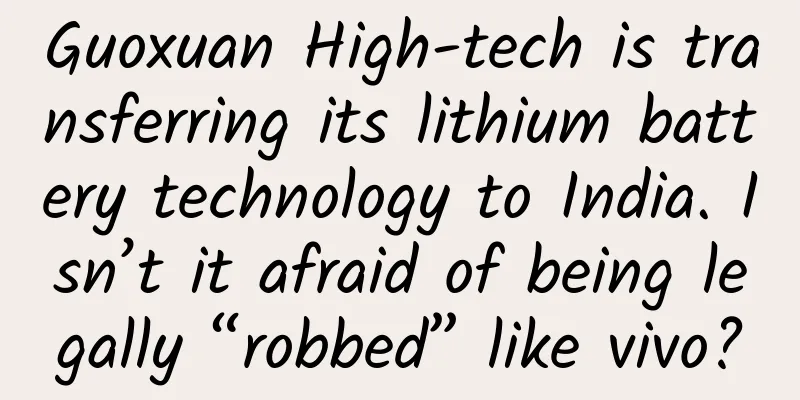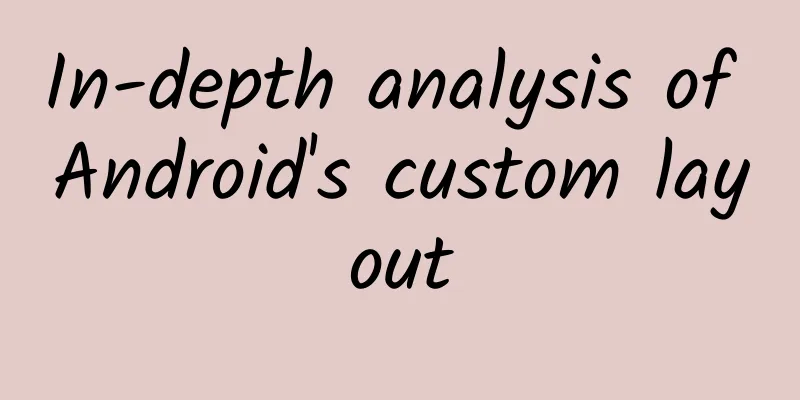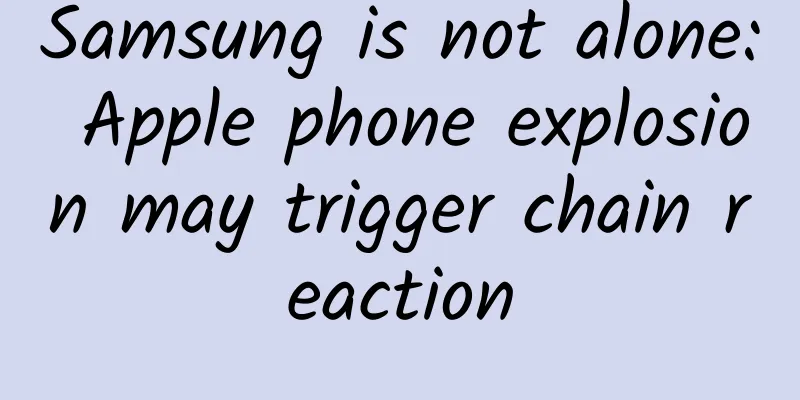Guoxuan High-tech is transferring its lithium battery technology to India. Isn’t it afraid of being legally “robbed” like vivo?

|
Industrial transfer has been a hot word in recent years. Recently, a piece of news suddenly spread online: Guoxuan High-tech transferred lithium battery technology to India, which quickly attracted widespread attention from the outside world. This message triggered at least the following sensitive words: Lithium batteries, one of China's new three exports, are typical representatives of industrial upgrading; Technology transfer is consistent with the conspiracy theory of European and American public opinion that "industrial chains will withdraw from China." India has just legally "robbed" most of the shares of mobile phone brand vivo in India. These key pieces of information are relatively sensitive and are prone to spark discussion online, with the majority of voices being in opposition. Now, let’s take a look at what the nature of this matter is and will it really cause the loss of China’s core technology? First, let’s check the source of this news. The source of the news on the Internet that "Guoxuan High-tech transferred lithium battery technology to India" is a self-media called "South Asia Research Newsletter". The founder, Mao Keji, is a well-known figure in the field of South Asian studies in China and currently serves as an assistant researcher at the International Cooperation Center of the National Development and Reform Commission. In other words, this self-media has some substance and is not the type of nonsense. So, how was "Guoxuan High-tech transferring lithium battery technology to India" reported in the English media? It seems that the news between the two is somewhat similar, but also somewhat different. The English media explained the facts, and the simplified Chinese self-media added some spice. The real source of this news is Reuters. On June 24, Reuters reported that Indian battery manufacturer Amara Raja Energy & Mobility announced that it had signed a lithium battery production license agreement with Guoxuan High-tech to promote the production of local lithium-ion batteries in India. According to the agreement between the two parties, Guoxuan High-tech will license lithium iron phosphate battery technology to its Indian partner to support the construction of a battery factory. Does this kind of cooperation sound familiar to you? It is actually the same as the joint venture in China. The two parties signed a licensing agreement, and the main content of the cooperation is "authorized production", not a direct transfer of core technology, let alone a free transfer. This kind of cooperation case is very common in various industries around the world. Moreover, it does not involve the security of China's industrial chain. China has not restricted the export of lithium battery-related technologies. Although Guoxuan High-tech, as a mainstream manufacturer, has mastered many technologies, it must report to the state when it comes to the export of major sensitive technologies. The risk of technology leakage is generally controllable. Secondly, similar technology licensing is very common. Even if it is produced in India, it does not mean that India can cause any substantial harm to China's lithium battery industry. It is worth mentioning that Guoxuan High-tech is not the only Chinese power battery manufacturer that has similar cooperation with Indian companies. There is also Honeycomb Energy, which was incubated by Great Wall. At the same time, BYD, CATL and other manufacturers will also conduct similar cooperation when investing and setting up factories overseas. In February 2023, CATL announced that it would provide technology licenses to Ford Motor Company's new battery factory in the United States to support its development, but this project has been opposed by the US government. It is not Chinese companies but the United States itself that are really worried about the so-called "security." At the same time, the cooperation between Volkswagen and Xiaopeng, BYD and Toyota, SAIC and Audi, and Leapmotor and Stellantis Group also includes technology licensing and transfer. In fact, as early as May 2019, Guoxuan High-tech established a joint venture with India's Tata Group, which also included providing technical support to Indian partners. Now, five years have passed. Has India surpassed China in core power battery technology? No. This type of cooperation will not cause substantial harm to China's industrial security, but will help Chinese manufacturers expand into the global market. They are typical "reverse joint ventures" and reflect the advantageous position of Chinese new energy manufacturers. China's installed capacity of power batteries has accounted for more than 60% of the world's total, and the country has fully mastered various core technologies. If China is terrified about normal technology licensing and cries "wolf", how can it expand its international market? The most direct reason why manufacturers such as Guoxuan High-tech enter the Indian market is to expand their market share. India's electric vehicle industry is smaller than China's, but it is growing rapidly. Authoritative organizations predict that India's electric vehicle sales will increase by 66% in 2024, and by 2030, electric vehicle sales will account for about 30% of India's car sales. The huge market will inevitably generate strong demand for power batteries. If Chinese manufacturers do not occupy it, Japanese and Korean manufacturers such as Panasonic and LG will occupy it. Moreover, Japanese and Korean battery companies will also conduct similar technology licensing when entering the Indian market. One thing we need to make clear is that there are huge differences between countries. Even if a country like India has technology authorization, it may not be able to establish a complete new energy vehicle industry chain. The industry chain requires the support of multiple factors such as talent, technology, infrastructure, electricity, and industrial policies. It is difficult for India, which has not yet fully fed, to gather these elements in a short period of time. The most direct benefit for Indian partners to obtain technology licenses from Chinese manufacturers is to reduce production costs and promote the promotion of electric vehicles in India, which is the same role played by SAIC, FAW, and GAC in domestic joint ventures. Relying on technology licensing, Chinese manufacturers can reap high profits. Can we build a complete industrial chain by getting a little technology transfer from Chinese manufacturers? If it were that easy, India would not have been unable to solve the problem of electricity supply until now. Therefore, there is no need for us to be alarmed by this normal business cooperation and lose our composure. On the other hand, India becoming a major producer and consumer of electric vehicles may not be a bad thing for China. At present, the trend of the automobile industry's transformation to new energy is not stable. The European and American countries that first advocated this industry even show signs of backing off. China is the largest practitioner among them and has mastered various core technologies. If the Indian people also use electric vehicles in the future, it will inevitably further squeeze the living space of traditional car manufacturers in Europe, the United States, Japan and South Korea. Overall, this is a good thing for China. Will Nvidia, Intel, and Qualcomm regard Chinese mobile phone manufacturers who purchase their chips and seek their technology licenses as threats? When Qualcomm releases a chip, domestic mobile phone manufacturers line up to license it, and are proud of being "Qualcomm's first global launch." Will such mobile phone manufacturers become a threat to the US chip industry? Similarly, if Indian partners seek technology licenses from Chinese power battery manufacturers, will this threaten Chinese manufacturers? Therefore, the real concern for this cooperation is not the so-called "technology transfer risk", but some off-site factors, such as how to prevent India from cheating and blackmailing them and engaging in legal "robbery". Chinese mobile phone manufacturers have learned a painful lesson in this regard. From 2020 to now, Chinese mobile phone manufacturers such as Xiaomi, OPPO, and vivo have been harassed by Indian regulatory authorities in various ways, including arrests, surprise searches, fines, freezing of funds, etc., and even forcibly requiring Chinese manufacturers to increase the proportion of Indian parts procurement. Recently, there were reports that vivo is negotiating with India's Tata Group to acquire 51% of its shares, and that Indians will serve as senior executives of the joint venture. In other words, vivo has been deeply involved in the Indian market for more than a decade, cultivated the supply chain, built new channels, and became the largest mobile phone brand in the local area, but was eventually kicked out by the Indians and took away all the results. The lesson is painful, India is annoying. Why not hate it? The fact that the entire brand was taken away proves that India has something, at least it is not afraid of your retaliation, right? Hate is another kind of incompetence. Chinese companies do not need to hate, the most important thing is to convince the other party, such as Volkswagen in the Chinese market. The reality is right in front of us. Chinese power battery manufacturers such as Guoxuan High-tech are cooperating in India. They must pay more attention to the risks brought about by these local tricks. Chinese manufacturers do not have much experience in going overseas, and they also face various problems such as changes in the international situation. However, if they hesitate to move forward, it will undoubtedly be another form of closing the country and not making progress. As a winner of Toutiao's Qingyun Plan and Baijiahao's Bai+ Plan, the 2019 Baidu Digital Author of the Year, the Baijiahao's Most Popular Author in the Technology Field, the 2019 Sogou Technology and Culture Author, and the 2021 Baijiahao Quarterly Influential Creator, he has won many awards, including the 2013 Sohu Best Industry Media Person, the 2015 China New Media Entrepreneurship Competition Beijing Third Place, the 2015 Guangmang Experience Award, the 2015 China New Media Entrepreneurship Competition Finals Third Place, and the 2018 Baidu Dynamic Annual Powerful Celebrity. |
<<: Top 10 hidden features of Android M that you may not know about
>>: How long will it take for new mobile phone battery technology? Maybe 10 years!
Recommend
The latest Baidu information flow product manual, giving you a comprehensive understanding of Baidu products
This article shares with you the latest " Ba...
Three cargo ships carrying Tesla Model 3s are heading to China
According to Bloomberg, at least three cargo ship...
5 major scenes and 11 camera techniques for short video shooting
Why do short videos shot by others get millions o...
Attract new members, monetize and promote community activities!
How to attract new customers? How to be active in...
Douyin Operation: Summary of reasons for Douyin’s traffic restrictions and solutions!
With the advent of 5G in 2019, short videos, as t...
How to efficiently display bitmaps on Android App
To create visually appealing apps, displaying ima...
Why I don't like working at a mainstream tech company
[[153327]] When I was young, I screwed up. The si...
[Practical Collection] A comprehensive list of efficient tools necessary for operating Meow and Market Wang
As the saying goes, "If you want to do your ...
China Association of Automobile Manufacturers: Brief analysis of automobile industry production and sales in June 2024
According to an analysis by the China Association...
What impact will it have on Chinese mobile phone manufacturers as Google enters “retaliation” mode?
[[247942]] Introduction Since the beginning of th...
A brief introduction to KCP protocol
Part 01 What is KCP Protocol KCP is an open sourc...
Lanzhou home appliance mall mini program development function, how to make a furniture mall mini program?
As the epidemic continues, many companies are not ...
Would you buy a phone that costs $6,800?
On October 4, luxury phone maker Vertu launched a...
Use your phone to adjust the photo to look high-end——Snapseed mobile color adjustment tutorial
Use your phone to adjust the photo to look high-e...
How to be creative with your Chinese Valentine’s Day brand posters? Try these tips
The Chinese Valentine's Day is coming, and pe...









